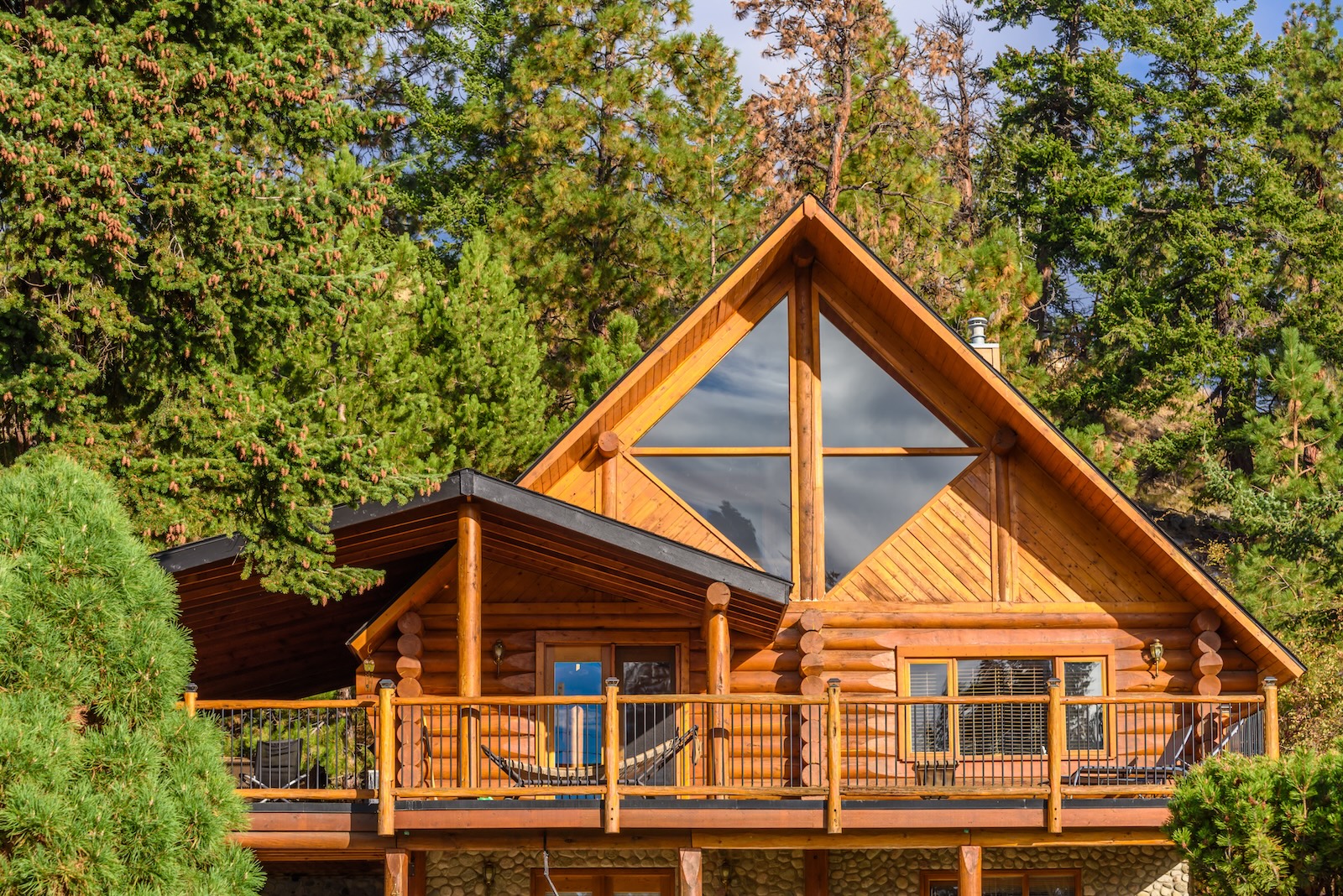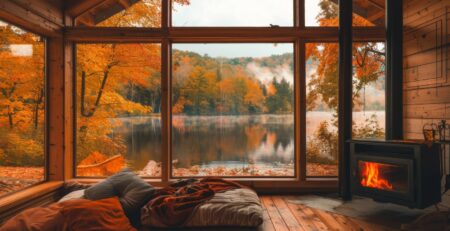How Often Do You Have to Seal a Log Home?
Maintaining a log home requires regular attention to ensure its longevity and beauty. One of the most critical aspects of this maintenance is sealing the logs to protect them from moisture, insects, and UV damage. But how often should you seal a log home? The frequency depends on various factors, including the climate, the quality of the previous sealant, and the type of wood used. Let’s explore these factors in detail to provide a comprehensive guide on sealing a log home.
Why Sealing Is Important
Sealing a log home is essential for several reasons:
- Moisture Protection: Logs are naturally porous and can absorb moisture from rain, snow, and humidity. This moisture can lead to rot, mold, and mildew if not properly managed. A good sealant acts as a barrier, preventing water from penetrating the wood.
- UV Protection: The sun’s UV rays can break down the wood fibers, causing the logs to crack and fade over time. Sealants with UV inhibitors help protect the wood from these harmful effects.
- Insect Protection: Wood-boring insects, such as termites and carpenter ants, can cause significant damage to a log home. Sealants can include insect repellents that protect the wood from these pests.
Sealing vs. Staining: What’s the Difference?
When maintaining a log home, it’s crucial to understand the difference between sealing and staining, as both play distinct roles in protecting the wood.
Sealing: Sealing focuses on protecting the wood from moisture, UV damage, and insects. A sealant acts as a barrier, preventing water infiltration that can lead to rot and mold. It also contains UV inhibitors to protect the wood from sun damage and can include insect repellents.
Staining: Staining enhances the wood’s natural beauty by adding color and highlighting the grain. While stains can offer some protection, especially those with UV inhibitors, their main purpose is aesthetic. Stains penetrate the wood and can be combined with sealants for comprehensive protection. Typically, stains must be reapplied every 3-5 years.
Factors Affecting Sealing Frequency
Climate
Climate plays a significant role in determining how often a log home needs to be sealed. In areas with high humidity, frequent rain, or significant snowfall, the logs are exposed to more moisture, necessitating more frequent sealing. Conversely, in drier climates, the frequency might be less.
For example, in Colorado, where the weather can vary from dry heat to heavy snowfall, it’s crucial to monitor the condition of the sealant regularly. Homes in humid coastal areas might need sealing every 2-3 years, while those in arid regions might extend to 4-5 years between sealings.
Quality of Previous Sealant
The quality of the sealant used previously can significantly impact the frequency of re-sealing. High-quality sealants designed specifically for log homes tend to last longer and provide better protection. These sealants often contain advanced UV inhibitors and flexible compounds that can expand and contract with the wood, offering prolonged protection.
Using a low-quality sealant might save money upfront but could lead to more frequent re-sealing and higher long-term maintenance costs. Starting with a premium product can reduce maintenance frequency and costs.
Type of Wood
Different types of wood have varying levels of porosity and natural resistance to decay and insects. Hardwoods like oak and cedar are more resistant to the elements and may not require sealing as frequently as softer woods like pine and spruce. Understanding the type of wood your log home is made from can help you determine a more accurate sealing schedule.
Inspecting Your Log Home
Regular inspections are crucial for maintaining the integrity of your log home. At least once a year, thoroughly inspect the exterior of your home for signs of wear and damage. Look for:
- Cracks and Splits: These can indicate that the wood is drying out and may need sealing.
- Discoloration: Fading or dark spots can suggest UV damage or moisture penetration.
- Insect Activity: Small holes, sawdust, or visible insects can indicate an infestation.
- Water Damage: Staining, mold, or mildew can show where moisture has penetrated the sealant.
When to Seal Your Log Home
You can determine when to seal your log home based on the inspection results and the factors discussed. Here are some general guidelines:
- Every 2-3 Years: For log homes in humid, rainy, or snowy climates.
- Every 4-5 Years: For log homes in drier, more stable climates.
- Annually: Conduct thorough inspections and touch up any areas that show wear or damage.
Steps to Seal Your Log Home
1. Clean the Logs
Before applying a new sealant, clean the logs to remove dirt, mildew, and any old, flaking sealant. Use a specialized wood cleaner and a pressure washer with a low-pressure setting to avoid damaging the wood.
2. Repair Any Damage
Fill any cracks or splits with a high-quality log home caulk or filler. Repairing these areas before sealing will ensure a smooth, uniform finish and better protection.
3. Choose the Right Sealant
Select a sealant that is appropriate for your climate and wood type. Look for products that offer UV protection, flexibility, and insect repellents. Brands like Sashco provide high-quality sealants designed specifically for log homes.
4. Apply the Sealant
Apply the sealant using a brush, sprayer, or roller. Ensure an even coat and pay special attention to joints, corners, and areas exposed to the most weather. Follow the manufacturer’s instructions for drying times and application techniques.
5. Maintain Regularly
Even with a high-quality sealant, regular maintenance is crucial. Clean the exterior periodically to remove dirt and debris, and touch up areas that show signs of wear or damage. Keeping up with these small tasks can extend the life of the sealant and the logs.
Ensuring Longevity and Beauty for Your Log Home
Sealing your log home is vital to its maintenance routine, protecting it from moisture, UV rays, and insects. The frequency of sealing depends on various factors, including climate, the quality of the sealant, and the type of wood. Regular inspections and timely maintenance can help keep your log home beautiful and durable for generations.
For expert advice and high-quality products, visit Summit Paint and Stain. We offer a wide range of log home maintenance supplies and advice tailored for Colorado’s unique climate, ensuring your home stays protected and looks its best. Visit Summit Paint and Stain today to find everything you need for your log home care.



